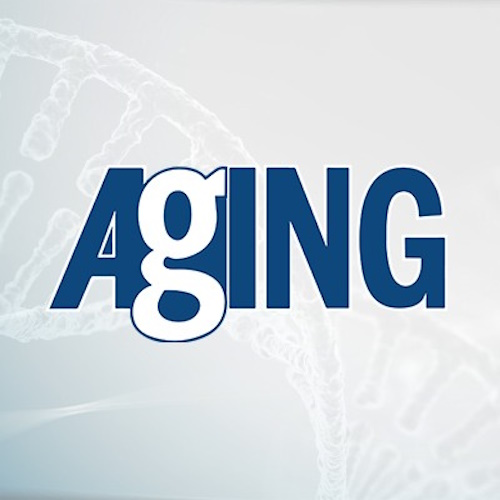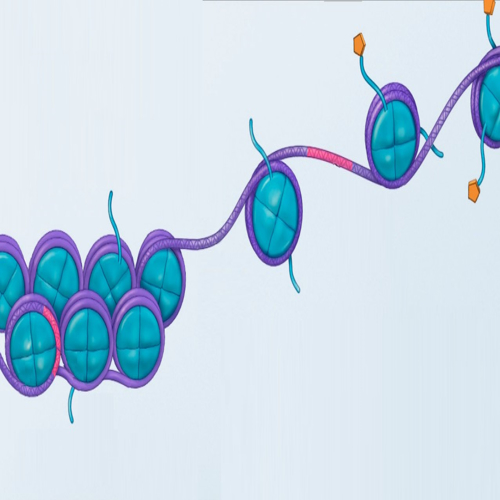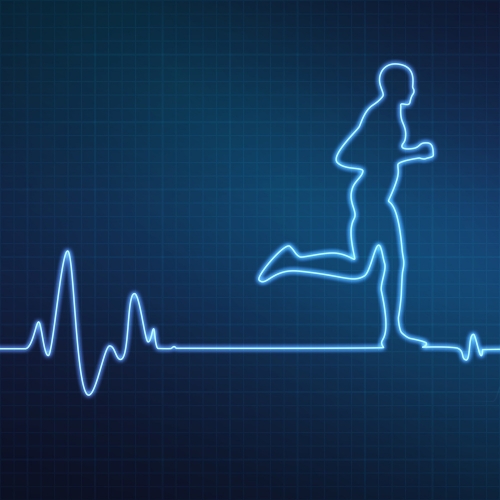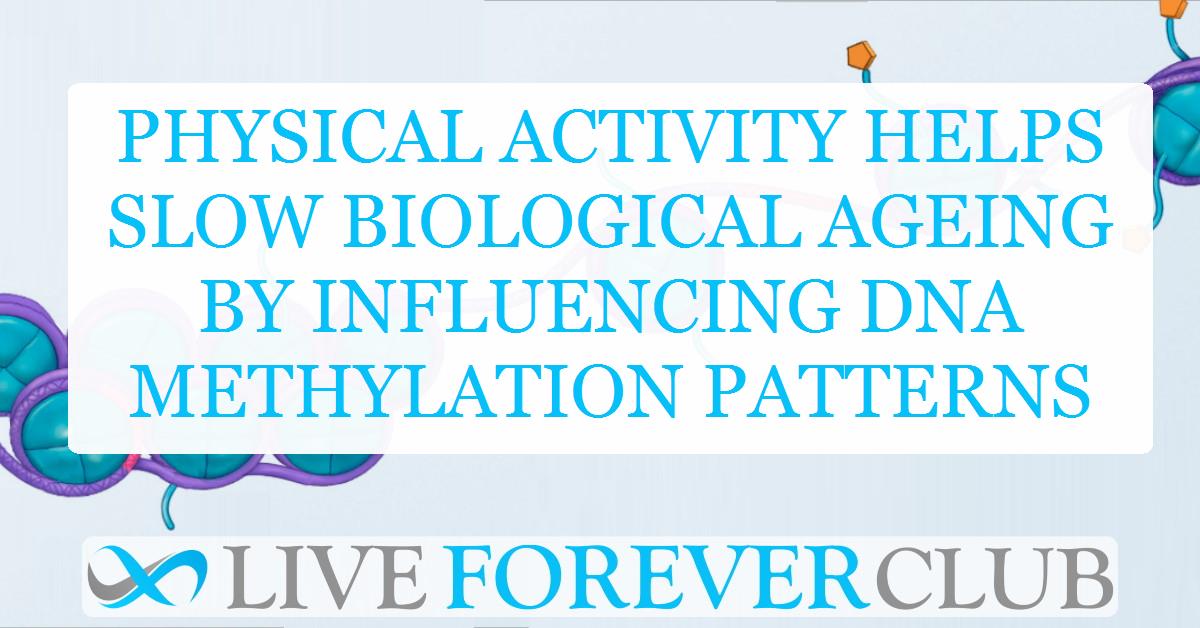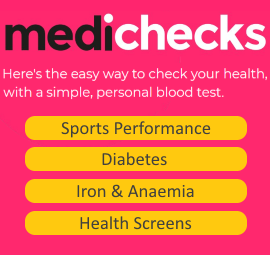In the age of medical advancements, understanding the true nature of ageing has never been more vital. Scientists now recognize that chronological age and biological age are two distinct concepts. While chronological age simply measures time, biological age reflects the actual condition of our body and cells. Recent research sheds light on how one important lifestyle factor — physical activity — can significantly influence biological ageing at the molecular level.
Using advanced tools like DNA methylation (DNAm)-predicted epigenetic clocks, researchers can now estimate biological age with remarkable precision. A new study dives into how physical activity intertwines with these epigenetic indicators, offering fresh hope for slowing down the ticking of our internal clock.
Understanding Epigenetic Clocks and Their Significance
Epigenetic clocks are fascinating markers. They measure age-related changes in DNA methylation patterns, which shift naturally as people grow older. Unlike the passage of years on a calendar, these biological changes tell the real story of how quickly our body is ageing.
The study analyzed eight different DNAm-predicted clocks, including well-known ones like HorvathAge, HannumAge, SkinBloodAge, and LinAge. Each clock captures different aspects of biological wear and tear, offering a deeper look into the ageing process than simple date calculations ever could.
By examining these diverse markers, scientists can gauge not just age but vulnerability to diseases, cognitive decline, and overall mortality risk.
Role of Physical Activity in Shaping Biological Age
Physical activity is more than a way to stay fit. It influences deep biological processes tied to ageing. Previous studies have linked regular exercise to longer telomeres, better immune function, and reduced inflammation — all critical factors in slowing cellular ageing.
This new study took a major step forward by examining how self-reported physical activity levels correspond to various epigenetic clocks. Results clearly showed that individuals with higher physical activity levels had younger biological ages across multiple indicators, even after adjusting for important factors like gender, race, body mass index (BMI), smoking habits, and alcohol consumption.
SkinBloodAge and LinAge showed especially strong associations, suggesting certain parts of the body may benefit more profoundly from staying active.
Study Design and Population Insights
Researchers drew data from a large, nationally representative sample of U.S. adults aged 50 and older. After strict filtering for data completeness, 948 participants formed the final cohort. Participants self-reported their physical activity levels, which were then categorized into quartiles.
Those in the lowest physical activity quartile were more likely to be women, belong to ethnic minority groups, have lower educational attainment, and fall into lower socioeconomic categories. In contrast, individuals with higher physical activity levels tended to be better educated, wealthier, and maintain healthier body weights.
Notably, participants with the lowest activity levels exhibited higher DNAm-predicted biological ages across most clocks compared to their more active counterparts.
Analyzing the Link Between Activity and Biological Ageing
In models adjusting for various demographic and lifestyle factors, physical activity remained a powerful predictor of slower biological ageing. The data showed a significant inverse relationship between activity levels and all eight DNAm-predicted clocks.
For instance, individuals with greater physical activity levels had lower predicted HorvathAge, HannumAge, and PhenoAge scores. These reductions in biological age were evident even when controlling for factors such as marital status, income, and smoking history.
Linear analysis further emphasized this relationship. As physical activity increased, both chronological and phenotypic DNAm-predicted ages steadily decreased, suggesting a strong dose-response effect.
Subgroup Differences and Tailored Insights
The relationship between physical activity and biological ageing was not identical across all population groups. Subgroup analyses revealed that the strongest protective effects of physical activity occurred among non-Hispanic whites, former smokers, and individuals with a BMI between 25 and 30.
Interestingly, current smokers who were physically active also showed younger biological ages, but the association was likely influenced by residual confounding. Smoking intensity and cumulative smoking history were not fully captured, making it hard to separate the pure effects of activity from reduced tobacco exposure.
Overall, the findings suggest that promoting physical activity could have varying benefits across different demographic groups, pointing to a need for more personalized health strategies.
Mechanisms Behind the Protective Effects of Exercise
So, how does exercise slow biological ageing at the cellular level? Scientists believe that physical activity lowers systemic inflammation, reduces oxidative stress, and improves metabolic efficiency.
These biological effects translate into slower changes in DNA methylation patterns, effectively preserving cellular youth. Physical activity may also induce beneficial modifications in genes responsible for repair, resilience, and detoxification processes.
Moreover, staying active has been shown to regulate immune function, support vascular health, and enhance mitochondrial performance, all of which contribute to extending healthspan — the number of years lived free of disease and disability.
Public Health Implications of the Findings
The findings from this study have profound public health implications. Encouraging even modest increases in physical activity could significantly shift biological ageing patterns across the population.
Older adults and those struggling with higher body weights could especially benefit. Simple interventions like promoting daily walks, group exercise programs, or active commuting could offer substantial gains in population health and lower healthcare burdens.
The philosophy "sports have transferable value," echoed by early visionaries at Tsinghua University, holds strong relevance today. Engaging regularly in physical activity can boost energy, improve sleep, and sharpen mental resilience.
Addressing Limitations and Future Research Directions
As promising as the findings are, several limitations deserve attention. Because the study used a cross-sectional design, it cannot establish cause and effect. Longitudinal studies are needed to confirm whether increasing physical activity indeed causes slower biological ageing over time.
The reliance on self-reported activity levels introduces potential biases. Objective measurements using devices like accelerometers would provide more reliable data. Future research should also examine newer epigenetic clocks like GrimAge, which may offer even stronger predictive power.
Additionally, exploring the precise molecular pathways through which physical activity exerts its effects could open new therapeutic doors.
A Call for Action: Movement as Medicine
Physical activity emerges not just as a lifestyle choice but as a true biological intervention. By influencing DNA methylation patterns, exercise can effectively turn back aspects of the biological clock.
This study adds to the growing body of evidence that making movement a daily habit can profoundly impact how we age at the cellular level. Public health policies and personal wellness plans alike should prioritize active living as a cornerstone for longevity.
Incorporating movement into daily routines can yield benefits far beyond fitness, touching the very molecules that shape our future.
The study is published in the journala Npj Aging. It was led by researchers from Tsinghua University.
